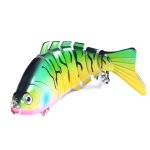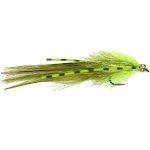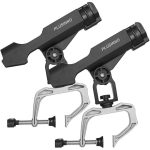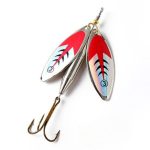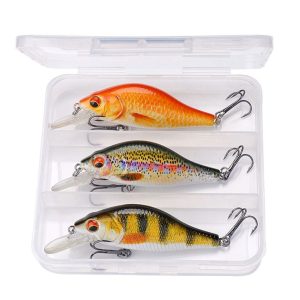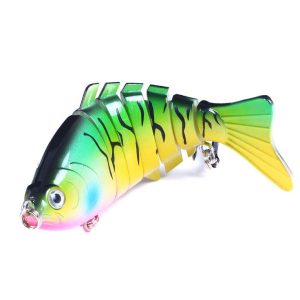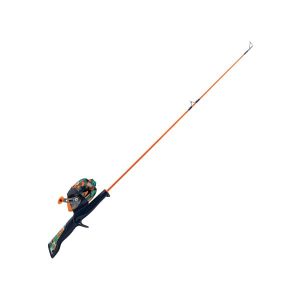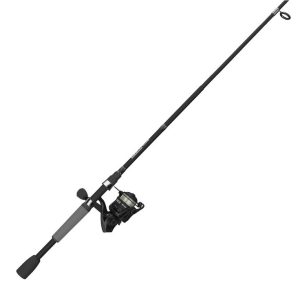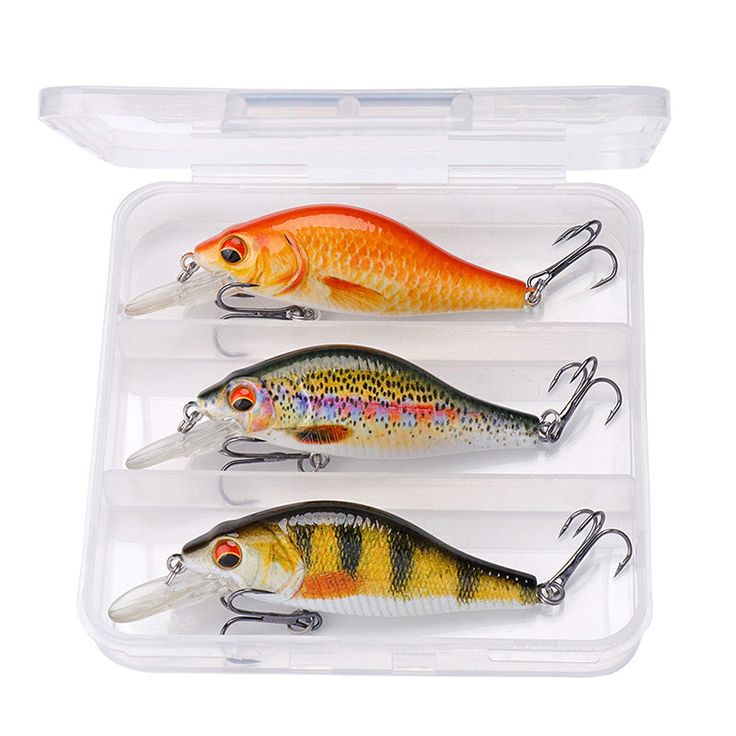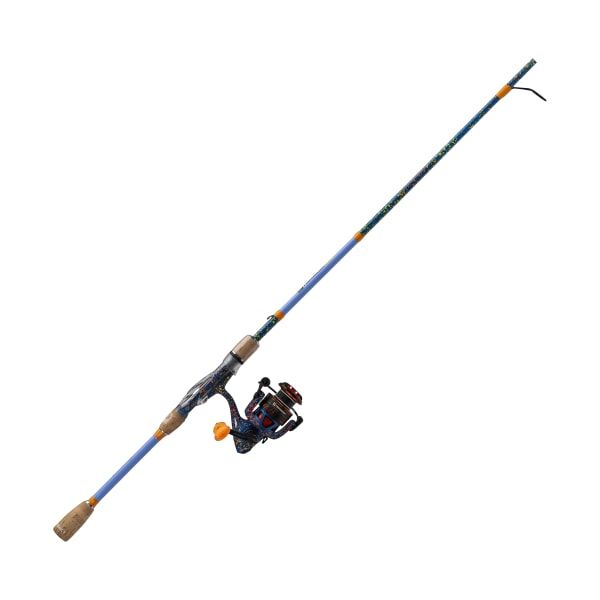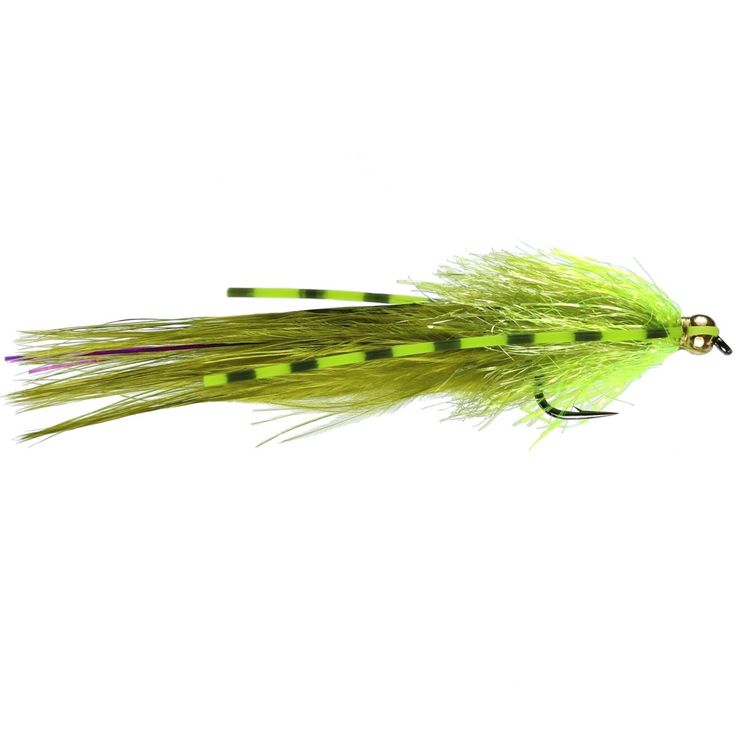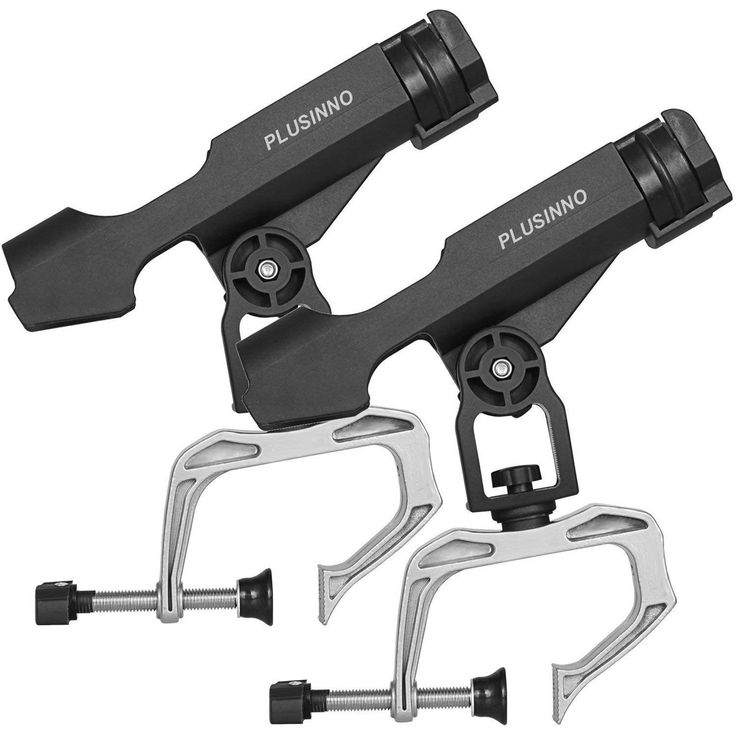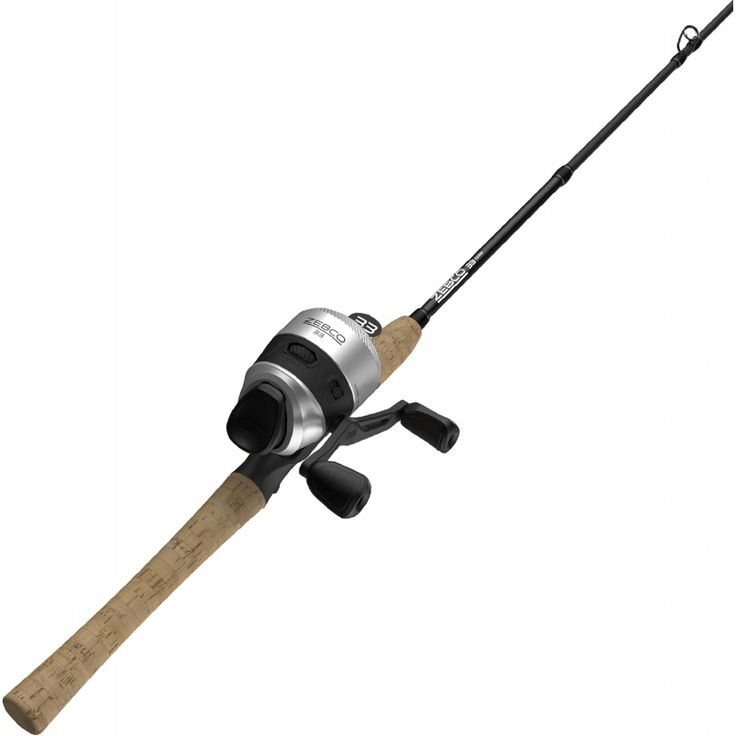Fishing is a beloved pastime that requires proper gear to enhance your experience. One of the most critical pieces of equipment in fishing is the fishing rod. However, many newcomers to the sport often ask, “What size fishing rod do I need?” To guide you through the maze of rod sizes and types, we have compiled helpful tips to ensure you select the perfect fishing rod for your needs.
Understand the Basics of Fishing Rod Sizes
Choosing the right fishing rod size starts with understanding the basic measurements associated with fishing poles. Typically, fishing rods come in various lengths, ranging from 5 to 12 feet. The length of the rod can significantly affect your fishing experience, such as casting distance and control. Generally, shorter rods are easier to handle, making them suitable for beginners, while longer rods offer greater casting distance and power, ideal for more experienced anglers.
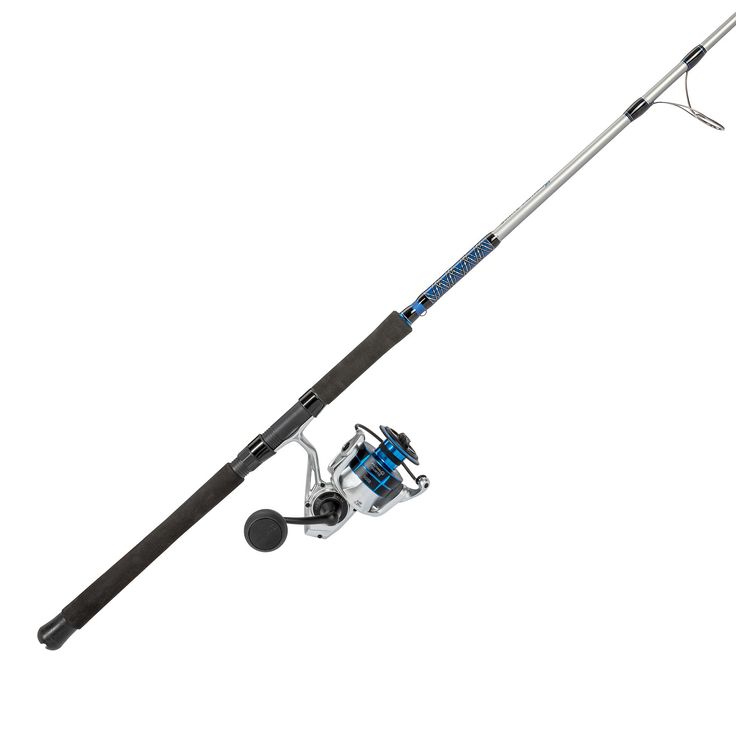
Key Factors Influencing Rod Length Decision
When choosing a fishing rod, several factors must guide your decision.
- Fishing Situations and Accuracy Needs
If you’re fishing in narrow spaces, a short rod below 7 feet is best. It gives precise casts and great control. But if you’re targeting open waters, consider a longer rod for casting reach.
- Casting Distance Requirements
Need to cast far? A rod over 7 feet is ideal. But for closer targets, go for shorter lengths. Remember, longer rods are less accurate but cover more distance.
- Leverage and Hook-Setting
Leverage matters for hooking fish properly. Long, fast-action rods give more leverage. They pair well with single-hook lures for quick, deep sets.
- Comfort and Physical Considerations
Choose a rod that fits your height and strength. Taller, stronger people can handle longer rods easily. If not, going for a 7 feet rod may suit you better. Always consider comfort to avoid quick fatigue.
Balancing Rod Power and Action with Length
Choosing the right fishing rod is more than just length—it’s about the harmony between rod power, action, and size. Here’s a simple breakdown:
- Rod Power: This refers to the resistance level of the rod when bending. Ranging from ultralight to extra-heavy, rod power should match the target fish and fishing conditions. For lighter lures and fish, go for lighter powers.
- Rod Action: It describes where the rod flexes. Fast-action rods bend at the tip, offering sensitivity for detecting bites. Slow-action rods flex near the base and are better for casting distance and handling larger fish.
Matching rod power and action with the appropriate length enhances performance and comfort. Aim for a balance:
- Small fish or tight spaces: Opt for a short rod with lighter power and fast action.
- Big fish and open water: Choose a longer rod with heavier power and moderate to fast action. It allows you to cast further and handle larger catches.
- General use: A medium-length rod with medium power and action suits various situations and is a good all-rounder.
When choosing, remember to test and feel the rod to ensure it suits your physical capabilities and comfort. The better the fit, the more success and enjoyment you’ll have on the water.
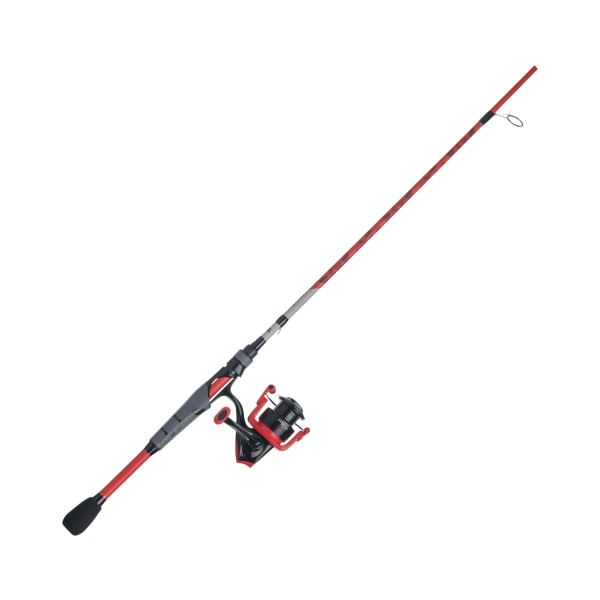
Rod Size Recommendations for Beginners
For novice anglers, choosing the right rod size is essential for a successful start. Here are some tips to guide you in selecting an appropriate fishing rod length:
Start with Medium-Length Rods
Beginners should consider starting with a medium-length rod, which generally measures around 7 feet. This length provides a good balance between control and versatility, making it easier for you to handle without overwhelming you with its size. Medium-length rods are also skillful in various fishing environments, from rivers to small lakes.
Consider a Moderate Action Rod
A moderate action rod is advisable for beginners. It bends in the middle, offering a good mix of sensitivity and flexibility. This type of action helps in learning proper casting techniques and is forgiving enough to compensate for any errors in timing your casts.
Choose Moderate Power Rods
Opt for a rod with moderate power. This power level is versatile enough to handle varying sizes of fish and is compatible with a wide range of lures and baits. Moderate power rods are neither too stiff nor too flexible, providing a balanced feel that helps in building casting skills.
Focus on Comfort
Choose a rod that feels comfortable in your hands. Check the grip and balance of the rod when shopping. A comfortable rod reduces fatigue and makes your fishing experience more enjoyable. If possible, test different rods to find one that suits your physical strength and height.
By starting with these beginner-friendly rod selections, you can enhance your learning curve and enjoy more success and fun while fishing.
Types of Fishing Rods and Their Ideal Lengths
Fishing success often hinges on using the right type of rod. Different fishing disciplines and techniques call for specific rod types. Let’s explore various fishing rods and their optimal lengths.
Casting Rods
Casting rods are perfect for precision and power. Ideal lengths vary from 6 to 8 feet. Shorter lengths work well for tight spots. Longer rods suit open water where distance matters.
Spinning Rods
Spinning rods are versatile and user-friendly. They are great for beginners and experienced anglers alike. A length between 6.5 to 8 feet is usually best. It blends control with the ability to cast moderate distances.
Sea Fishing Rods
Sea rods must handle the rigors of saltwater fishing. Lengths from 7 to 14 feet are common. The choice depends on whether you’re casting from shore or a boat. Longer rods are needed for shore casting to get past the surf.
Fly Rods
Fly fishing demands precision and the ability to present the fly naturally. Rods typically range from 7 to 9 feet. The size you need often comes down to the fishing environment and the type of flies you’re using.
Telescopic Rods
These compact rods extend like a telescope. They are ideal for those with limited storage space or those traveling. Lengths can extend from 4 to 20 feet when fully opened. The closed size is what makes them convenient for mobility.
Choosing the right rod involves considering the type and typical length. Along with comfort, factor in the water you’ll fish, the species you target, and your casting style. With the correct rod, your chances of a successful catch greatly improve.
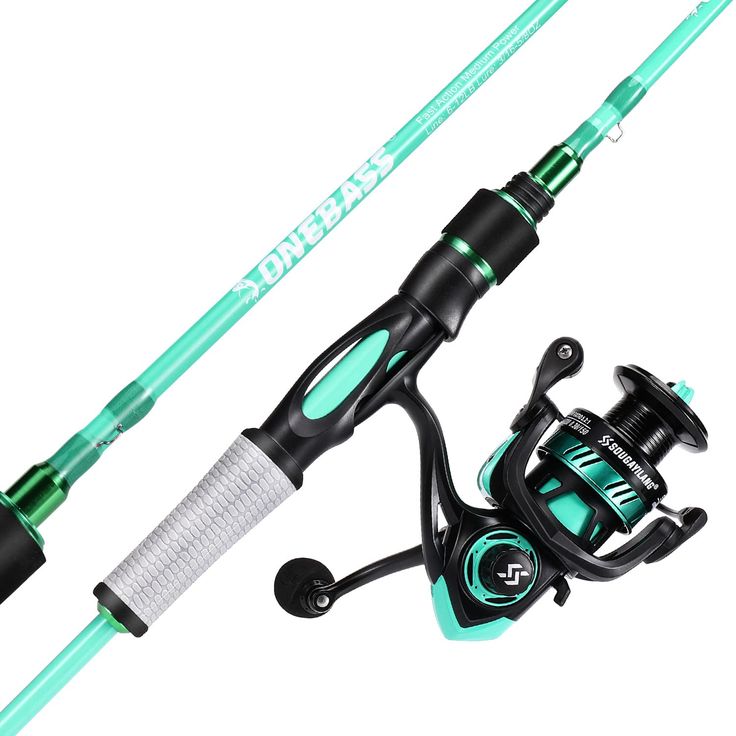
Material Considerations for Rod Selection
Selecting the right material for your fishing rod is critical. Here’s a quick guide on the common materials used.
Fiberglass Rods
Fiberglass rods are known for their flexibility and durability. They suit beginners well due to their resilience and lower cost. These rods can handle stress without snapping, making them ideal for catching heavier fish.
Graphite Rods
Graphite rods are lightweight and highly sensitive. They allow anglers to feel even the slightest nibbles. Although more fragile than fiberglass, graphite rods suit experienced anglers seeking precision and responsiveness.
Composite Rods
Composite rods combine the best attributes of fiberglass and graphite. These rods are durable, sensitive, and versatile. They work well under various fishing conditions and targets. This makes them a great choice for those who fish in diverse environments.
Critical Components of Fishing Rods
Understanding the critical components of a fishing rod is key to making the right choice. Apart from size, the rod’s handle, guides, and reel all play vital roles in your casting efficiency and comfort.
Handle and Reel Seat
The handle is where you grip the rod, and it must feel comfortable in your hands. A good reel seat securely holds the fishing reel in place. It’s important to choose a handle and reel seat that align with your fishing style and provide the ease and grip you need for long days on the water.
Guides and their Arrangement
Guides are small rings along the rod’s length that guide your fishing line and reduce friction. They should be evenly spaced to evenly distribute the load when you cast or reel in a fish. The number and arrangement of guides contribute to the rod’s sensitivity and overall performance.
The Role of the Fishing Reel
The fishing reel is crucial for managing your line and setting the hook. It’s essential to match your reel to the rod’s size and intended use. For example, a heavier reel may balance well with a longer rod, while lighter reels are better suited for shorter rods used for finesse fishing.
By paying attention to these components, you can ensure your rod is not only the right size but also fully equipped for your fishing needs. Lessons from experienced anglers suggest that when combined with the correct rod size, quality components lead to a more enjoyable and successful fishing experience.
Conclusion: Synthesizing Size, Power, and Action for Optimal Casting
Choosing the right fishing rod involves more than just length. You must consider rod power and action too. This is vital for achieving precision and effectiveness in casting. Here are the key takeaways:
- Size Matters: Balance rod length with your physical capabilities and specific fishing scenarios.
- Power is Crucial: Select a rod power that matches the fish you target and the lure you use.
- Action Affects Performance: Fast-action rods are better for sensitivity, while slow-action rods are ideal for long-distance casting.
- Test Different Combinations: Try various sizes, powers, and actions to find the best match for your needs.
- Feel is Key: Make sure the rod feels right in your hands. Comfort can make or break your fishing success.
By combining these elements wisely, you can enhance your casting effectiveness and enjoy a more successful fishing experience.

